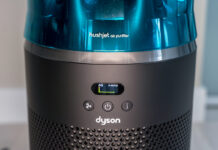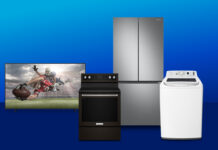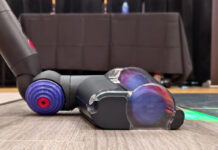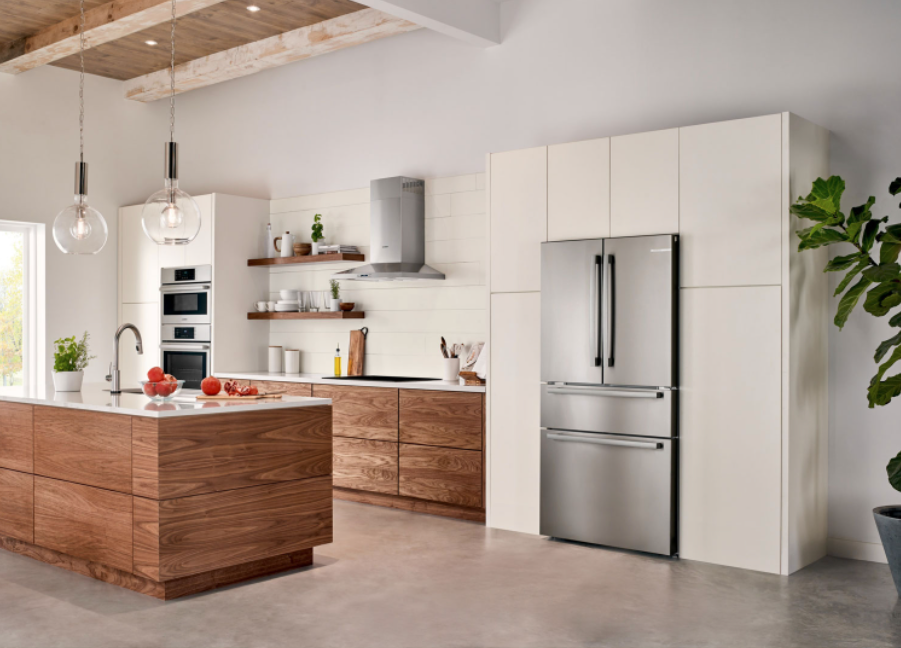
For the past month or so, our trusty but admittedly old refrigerator has been making loud noises, sometimes to the point of requiring me to wear noise-cancelling headphones until we can deal with a temporary solution. We figured out the problem and managed to fix it. Noises don’t always mean a fridge is beyond help. Sometimes, they are just typical of a refrigerator or freezer. Oftentimes, it’s a simple fix, with an inexpensive part or a bit of TLC. Other times, if the fridge is long out of warranty, you’ll require an expensive technician visit followed by costly parts and repairs that suggest it might be more cost effective to just upgrade.
Here, we’ll go through some of the most common issues you might encounter with a refrigerator relating to noise, temperature, and water leaks. We’ll provide a brief description of a potential problem, simple steps to diagnose or even potentially fix it, and maintenance suggestions, where applicable, for preventing it from happening again (or at all).
Before forging ahead
Before continuing on with these troubleshooting tips, it’s important to note that not all refrigerators are the same, so it’s always best to consult your owner’s manual and manufacturer resources for the specific model first before reviewing this list or consulting a technician. You might find an appropriate solution for your specific fridge in the manual’s own troubleshooting section.
Also, consider how critical the issue is before you decide to try and diagnose it yourself. While most common refrigerator issues can be solved with some at-home maintenance, others will require a technician. If the issue seems serious, contact a technician right away. But a bit a noise, a little leak, or temperature issues are often ones you can fix at home.
With that said, if you find the tips below still don’t work, you’re best to seek out help from a licensed professional. If a fridge needs repairing, note that Best Buy Canada Geek Squad is one resource that can help.
Common refrigerator issues and how to fix/diagnose them
Let’s look at some of the most common issues you might experience with a refrigerator relating to noise, temperature, and water leaks.
Noisy fridge
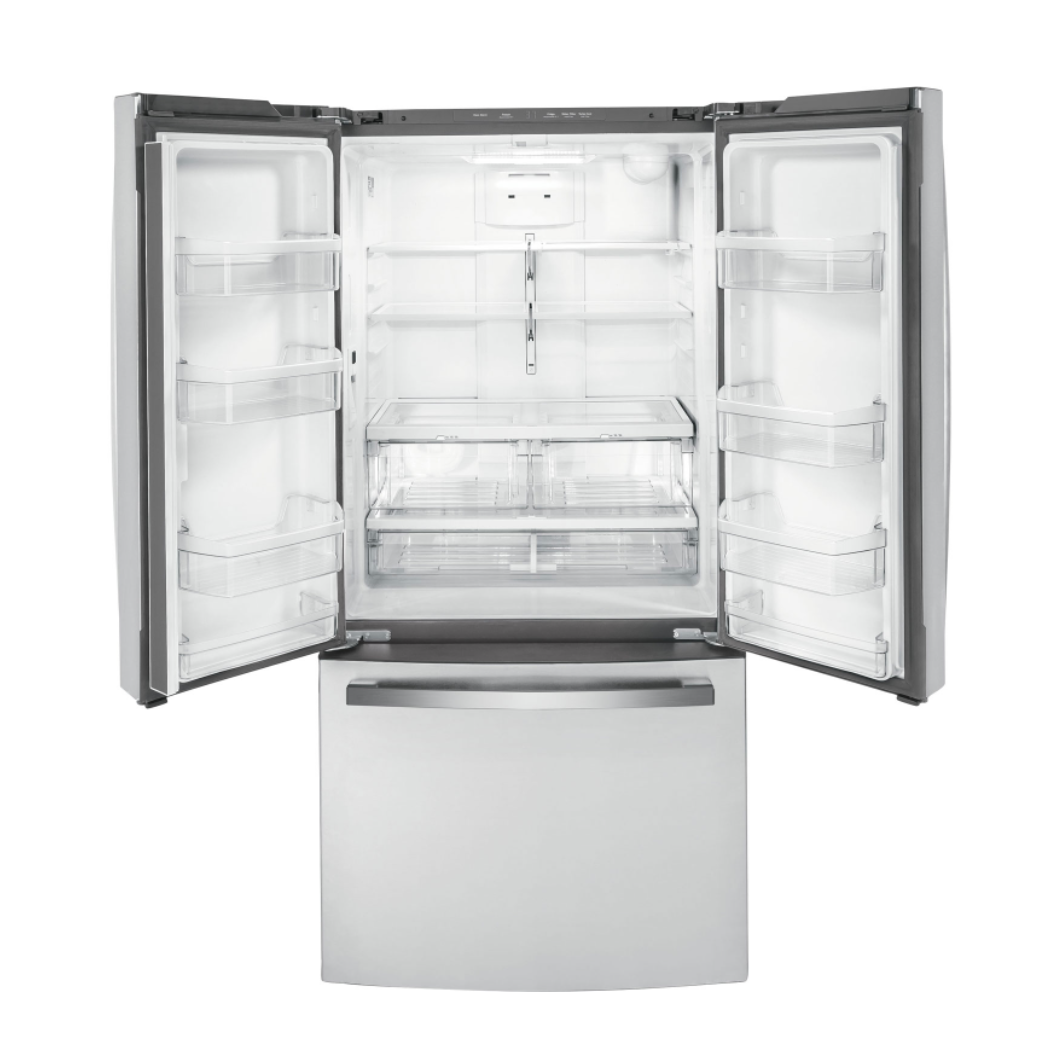
Problem: The fridge is making loud noises, whether it’s a hum, cycling sound, or something else.
Cause: Debris and dust around the condenser coils in a fridge can cause it to cycle often and loudly. This results in not only an annoying noise but also higher-than-usual energy bills. Did you know that a refrigerator is one of the biggest energy hogs in your home? So, one that’s constantly cycling will put a serious dent in the bill.
Another cause of the problem could also be that your refrigerator temperature is set too low: confirm that it’s at 40°F or under so your fridge doesn’t have to do as much work to keep your food safely cold. If you think it could be the opposite issue and there’s frozen water blocking the condenser fan.
How to troubleshoot: There’s a quick at-home fix you can try before resorting to costly repairs. Unplug and empty the fridge. Remove the grill on the back (it should simply snap off) and use a handheld vacuum to get rid of dust or build-up.
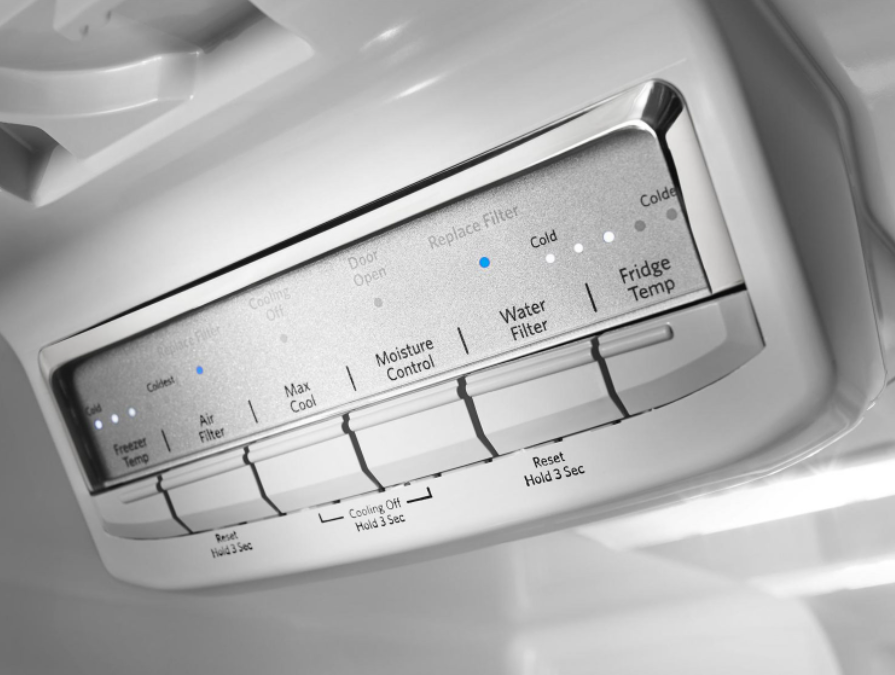
Make sure the temperature is set properly. If you think there’s frozen water blocking the condenser fan instead, try to remove the grille and use a blow dryer with gentle heat. Hold it up to the fan and let the warm air defrost anything that’s building up. This might fix the issue, but if there’s a larger issue at play, it might only work temporarily. Nonetheless, it will at least buy you some time.
Maintenance: Ensure that your fridge is always at the proper temperature, don’t overpack it to potentially block the fan, and clear out dust and debris any time you move the fridge for regular cleaning.
Every so often, at least once a year, you should also defrost your fridge as per the manufacturer’s instructions. The process is arduous but necessary. Turn it off, empty it out, and remove all shelving and drawers. Cover the floor around the refrigerator with towels, and a few on the bottom shelf of the inside. Defrosting can take a few hours or even up to a day, so use coolers for the food and defrost when the fridge is as bare as possible. You can speed up the process with a pot of boiling water atop a towel to create stream or a hair dryer or portable fan.
Keep in mind that some newer refrigerators have a force defrost option that will activate the heaters and run a defrost cycle in about 20-30 minutes. Keep the fridge doors closed and you won’t have to empty inside. Check the owner’s manual to see if this feature is available for your fridge. This is the process we used with our fridge, and it instantly fixed the issue that was plaguing us for weeks until we figured it out.
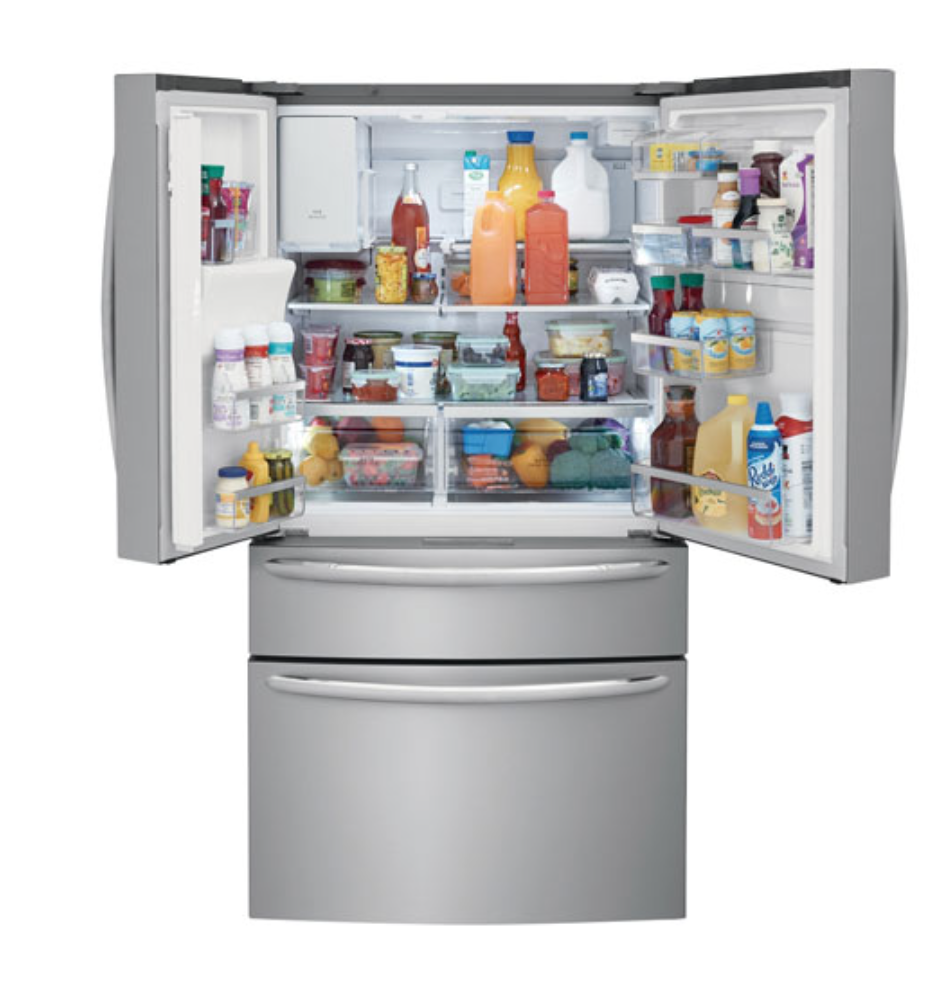
Also, use the opportunity while a fridge is defrosting to clean it out, including all shelves and drawers, before putting food back inside. Clean all the debris, spills, and dirt and grime, then refill it. While you might only have to defrost the fridge annually, it’s a good idea to do a deep clean at least once every few months.
Food in refrigerator is freezing
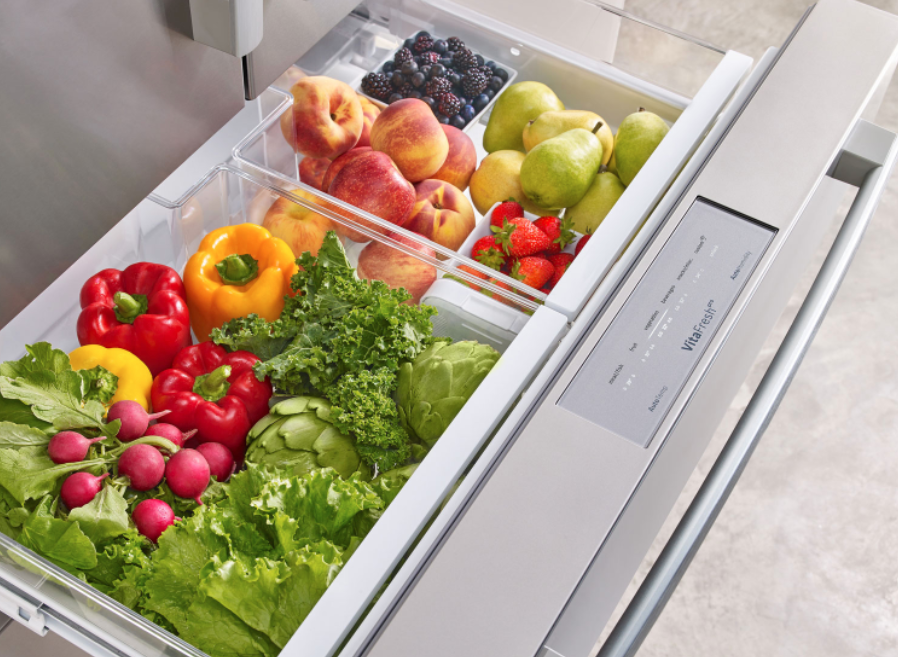
Problem: You find frost on items in your fridge or food starting to freeze.
Cause: The temperature might not be set properly.
How to troubleshoot: Adjust the temperature control thermostat. Make sure to keep your fridge set to 40°F or under. This will prevent the fridge from running too often and thus freezing food. Newer fridges offer temperature control via a touch panel on the front. With older fridges, rotate the thermostat inside and listen for an audible click, or use a multimeter to confirm the thermostat is actually functioning properly before calling a technician or replacing it.
Maintenance: Check the temperature periodically and adjust as needed. Never overload your fridge or freezer as too much food can make it difficult for them to run efficiently.
Items in freezer getting too frosty
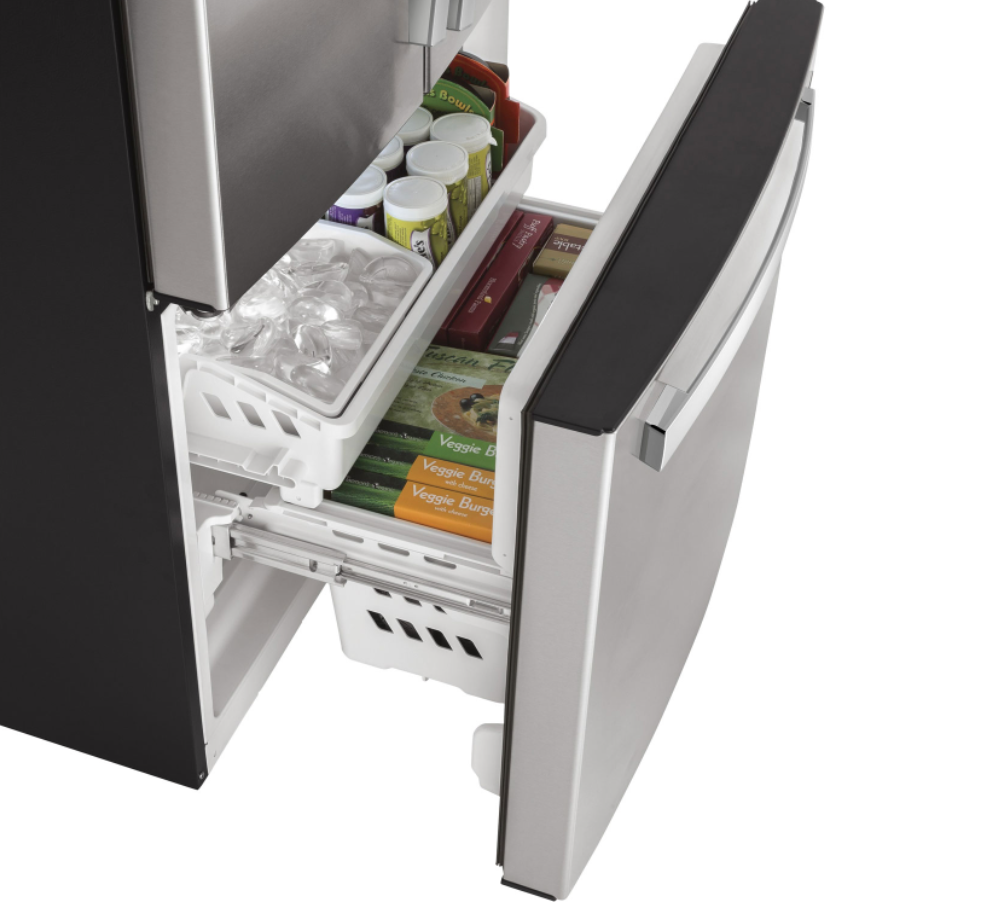
Problem: Frozen items are frozen but they have frost on them or worse, freezer burn.
Cause: If this is happening, it could be the result of a faulty seal.
How to troubleshoot: Replace the seal and that should solve the issue.
Maintenance: Always make sure the freezer door is closed properly and that it isn’t left open for long periods of time, which can cause too much humidity to enter and thus lead to frost build-up. Make sure to also periodically defrost your fridge, as per the instructions above.
Water leaks
Problem: Water leaking out of the bottom of your fridge.
Cause: One possible cause could be a defrost drain that’s blocked, causing water to pool inside with nowhere else to go.
How to troubleshoot: Before calling a repairperson, try to manually drain the hole from the inside of the fridge using some warm water to remove food particles or debris. You’ll need a long and thin contraption to do this, like a pipe cleaner or turkey baster. If this doesn’t work, pull the fridge out and try from the other side, locating the drain hose, removing the rubber valve, and washing and reinstalling it.
If it’s an issue with the water line, which could cause the fridge to stop making water and/or ice altogether, you may need to look into replacing or repairing that part.
Overflowing ice maker or water not working
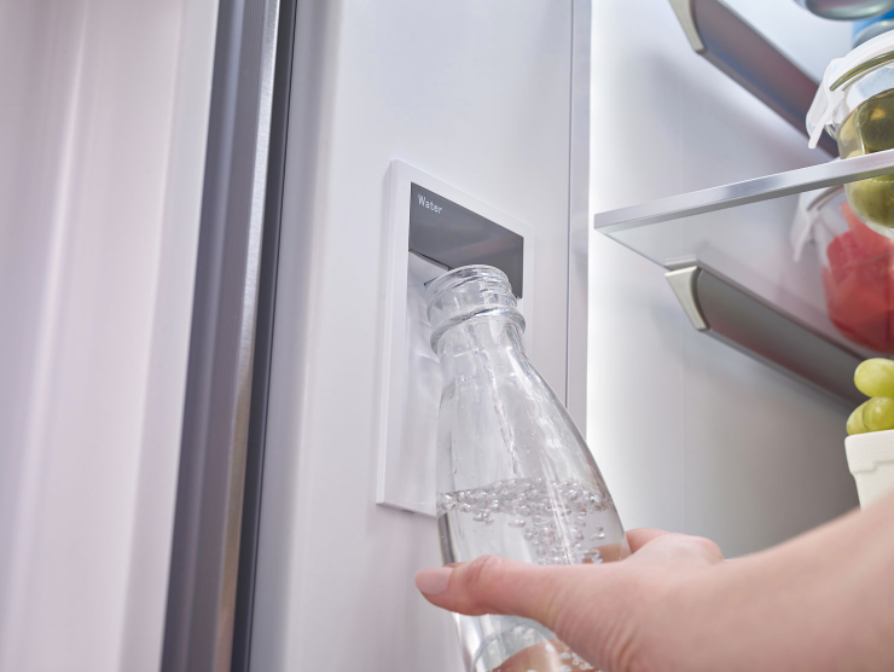
Problem: Ice is overflowing or water simply isn’t coming out of the water dispenser.
Cause: You’d be surprised how common an issue this is, but it can happen and it may relate to low water pressure in the valve. Another potential culprit is the damper door, which opens and closes to let ice move in and out. It could be malfunctioning because it’s dirty or has a dent. This can also cause frost to accumulate in the fridge.
How to troubleshoot: Double check that water pressure is set to at least 20 psi. If the issue is still happening, you might need a replacement water inlet valve. Check, also, that the water tube in the door isn’t frozen. Remove the tube and blow air into it. If air doesn’t pass through, it’s frozen and you need to melt the ice inside and put it back in.
If you do find the damper lining to be broken or dented, you may have to call a repairperson.
Refrigerator isn’t coming on at all or not getting cold
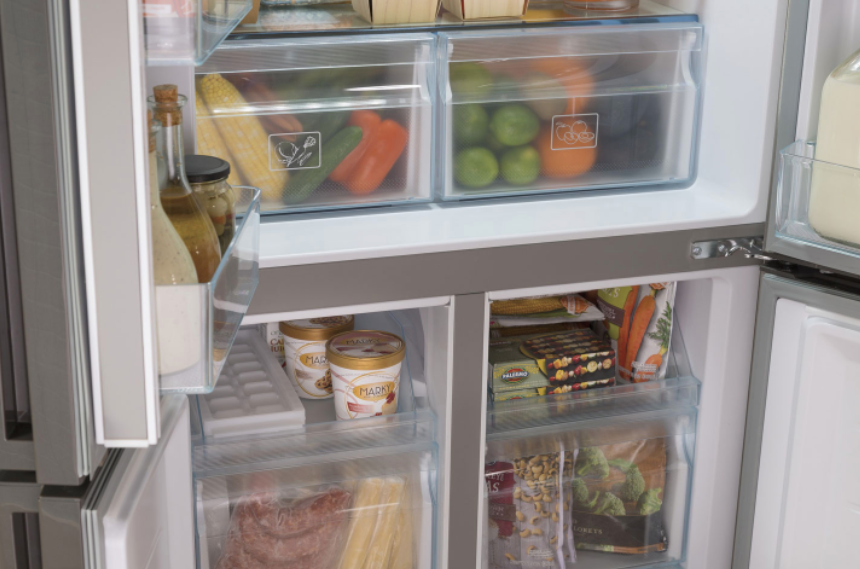
Problem: The fridge isn’t coming on at all and not getting cold inside.
Cause: A malfunctioning refrigerator is an issue that needs to be fixed immediately to prevent food from spoiling. Typically, a fridge that isn’t getting cold at all is caused by a faulty capacitor, but it could also be a faulty thermostat.
How to troubleshoot: This isn’t usually an issue you can fix yourself: it will require a technician. But you can go through some steps to try and narrow down the issue. If the fridge isn’t getting cold, feel to see if the walls inside are cold. If so, listen to hear the evaporator motor. If you only hear a faint sound, it might need to be replaced. Before doing that, however, unplug the fridge and check the compressor to ensure that it isn’t being blocked by dirt and debris.
Time to get a new fridge?
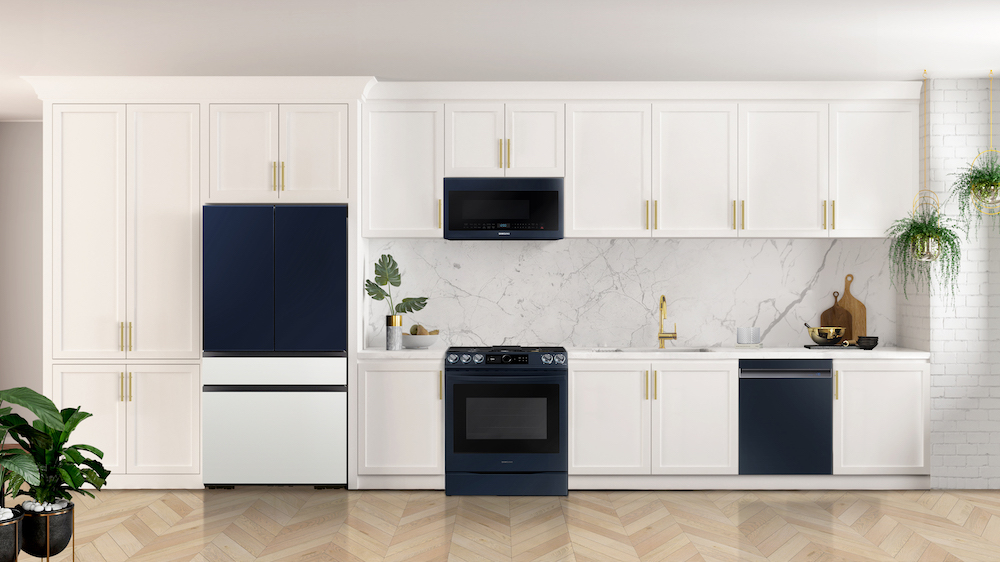
There are plenty of resources and how-to videos online to help you through diagnosing an issue if the tips above don’t help or the particular issue you are facing isn’t on this list. As noted, if you believe a technician is needed, you can contact the company or rely on Best Buy Canada Geek Squad for assistance.
Nonetheless, if you have decided after going through the appropriate steps and looking into repairs that it’s simply time to upgrade, there are great new refrigerator options from which to choose.
Not only are most of the latest refrigerators more energy efficient (look for an Energy Star rating), they also include tons of additional energy efficiency and convenience features. Door-in-door French door fridges let you keep frequently accessed items in an outer door area so you can grab them without constantly opening and closing the main fridge area. There’s also features like individual temperature control for the crispers to help keep food fresher for longer.
If you’re ready to take the leap, check out our refrigerator buying guide to learn everything you need to know about the latest refrigerators and to get help choosing the right one to meet your needs. From French door refrigerators to bottom freezer refrigerators, top freezer refrigerators, side-by-side refrigerators, and all-fridge refrigerators, there’s no shortage of choice. You may also want to consider a mini fridge, which is useful for a secondary room, like a basement or the garage, but can also be a lifesaver in the event of a main refrigerator issue.
Check out a wide selection of refrigerators and freezers at Best Buy Online.

